Future Vanderbilt Cup Race drivers in the landmark 1902 Paris to Vienna Race
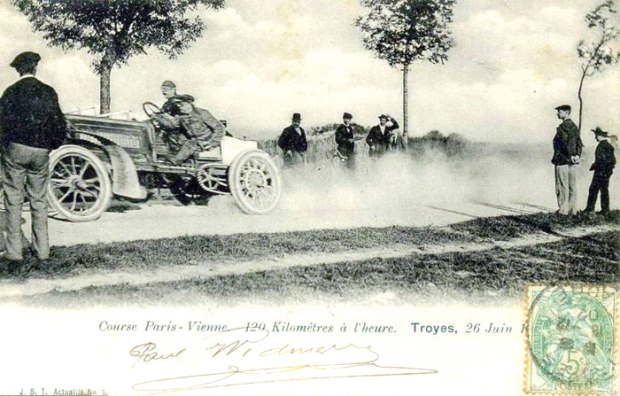
On June 26-29, 1902, two years before the first Vanderbilt Cup Race, nine well-known Vanderbilt Cup Race drivers battled it out in the great Paris to Vienna race. We'll look at the future Vanderbilt Cup drivers racing from Paris to Vienna from the Thomas Ulrich book, '1902 De Dietrich & The Paris to Vienna Race'.
Greg O.
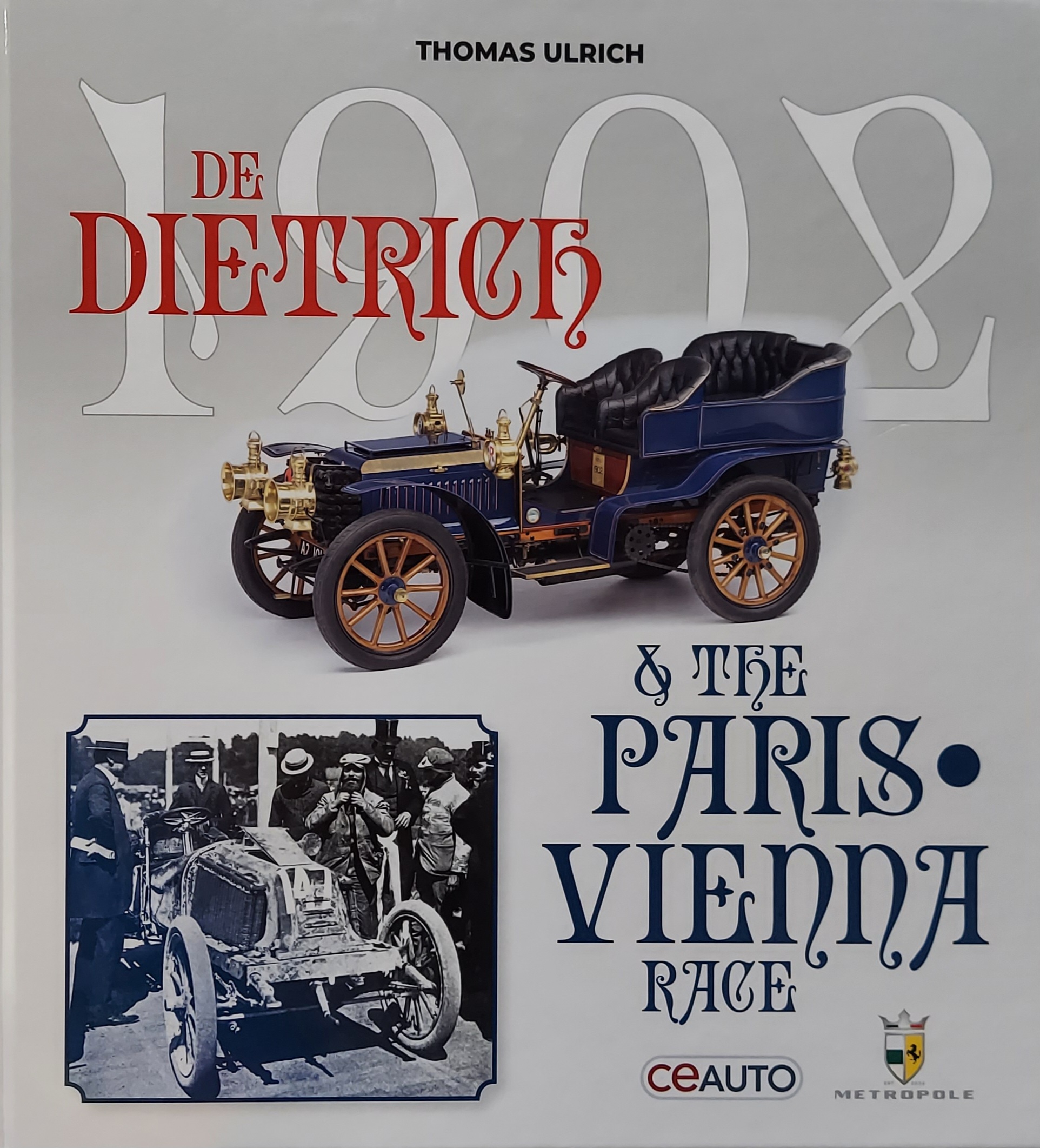
Thomas Ulrich's book, '1902 De Dietrich & The Paris to Vienna Race', is wonderful and detailed account of one of the greatest early motor car races ever held.
Many of the photos and scans can be found in the book

Two races were held concurrently during the 1902 Paris to Vienna race. The reason for this was the difficulty of obtaining a permit from the French Government for a special race for the Gordon-Bennett Cup that year. It was decided to run this race over the same route and at the same time as the race to Vienna, the competitors in the shorter Gordon Bennett race also being competitors in the longer race. After this dual 1902 race, successive Gordon Bennett races were held on their own.
An astounding 42% of the Paris to Vienna racers did not finish the grueling race with most dropping out with car trouble due to the horrendous road and racing conditions outside of France.
The Paris-Vienna race was over 990 km (approx. 615 miles) and won by Marcel Renault of France driving a Renault in a time of 15:47:43.
The Paris to Vienna race attracted many well-known automotive names. Names like Charles S. Rolls, Ferdinand Porsche, Marcel and Lois Renault, Count Zborowski, and Baron Henry de Rotschild were among the roster, with many drivers going on in the later years to drive in various Vanderbilt Cup races....

Gabriel and his Mors did not finish the Paris to Vienna race, but did better the next year as the unofficial winner of the 1903 Paris-Madrid Race. He raced the #2 De Dietrich in the 1904 Vanderbilt Cup race finishing 8th. He retired in Hicksville with broken pump and frozen carburetor during lap 7.

Callois worked in 1900 to 1901 as an engineer and designer for Peugeot, but despite his engineering pedigree, his racing Peugeot didn't make it to the end.
He didn't do much better on Long Island and did not qualify for the 1906 Vanderbilt Cup Race in his #4 Thomas.
Peugeot would have to wait to win a Vanderbilt Cup Race until 1915 with Dario Resta winning in a Peugeot EX3.
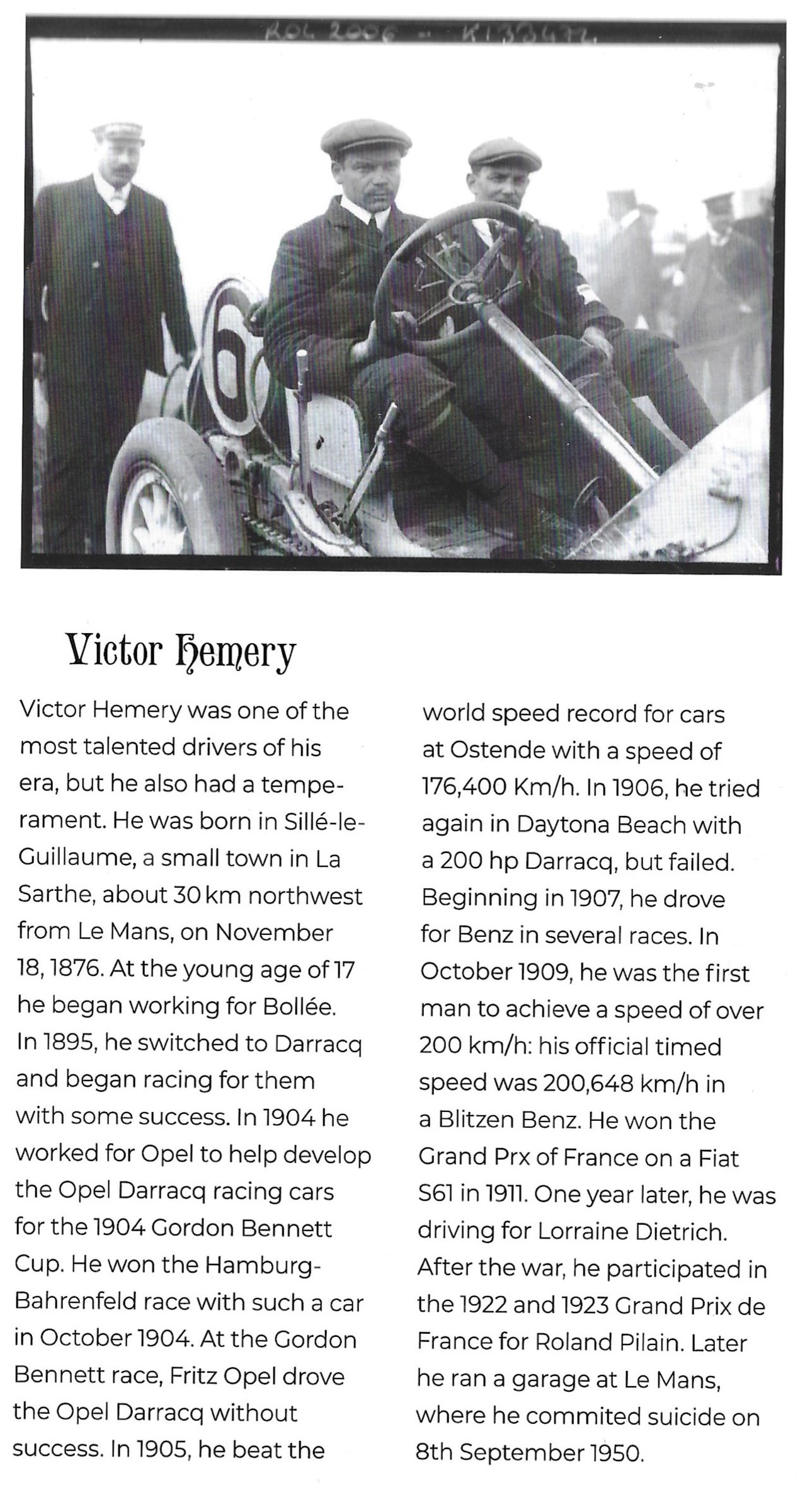
Hemery's Darracq did not win the Paris to Vienna but was in 58% of the skilled racers to actually complete the course.
The talented, French Hemery followed that up with a 1905 Vanderbilt Cup win in his #18 Darracq and another win at the 1905 Circuit des Ardennes in France 3 years later.
A serious looking fellow, I don't recall ever seeing a photograph without his typical scowl.

Heath in his Panhard was another to drop out of the Paris to Vienna race, but 1902 was completely forgotten when his #7 Panhard became the first winner of the new Vanderbilt Cup Race two years later. He followed that up with a strong 2nd in 1905 with the #14 Panhard.

The bearded LeBlon in his French Serpollet racer also completed the Paris to Vienna but failed to win.
The American Thomas Motor Company hired two Frenchmen to drive their entries in the 1906 Vanderbilt American Elimination Trial with teammate Gustave Caillois. Le Blon finished a strong second and qualified for the American Team in the #6 Thomas.
Racing in the Cup Race, his 115hp #1 Thomas finished 8th running the last lap when the race was called, he was averaging 51.3 mph.

Duray and the Gobron-Brillie did not finish.
He fared much better in the Vanderbilt Cup finishing third in the 1906 Vanderbilt Cup Race in his #18 Lorraine-Dietrich and finished 9th in the 1905 Vanderbilt Cup Race in his #2 De Dietrich
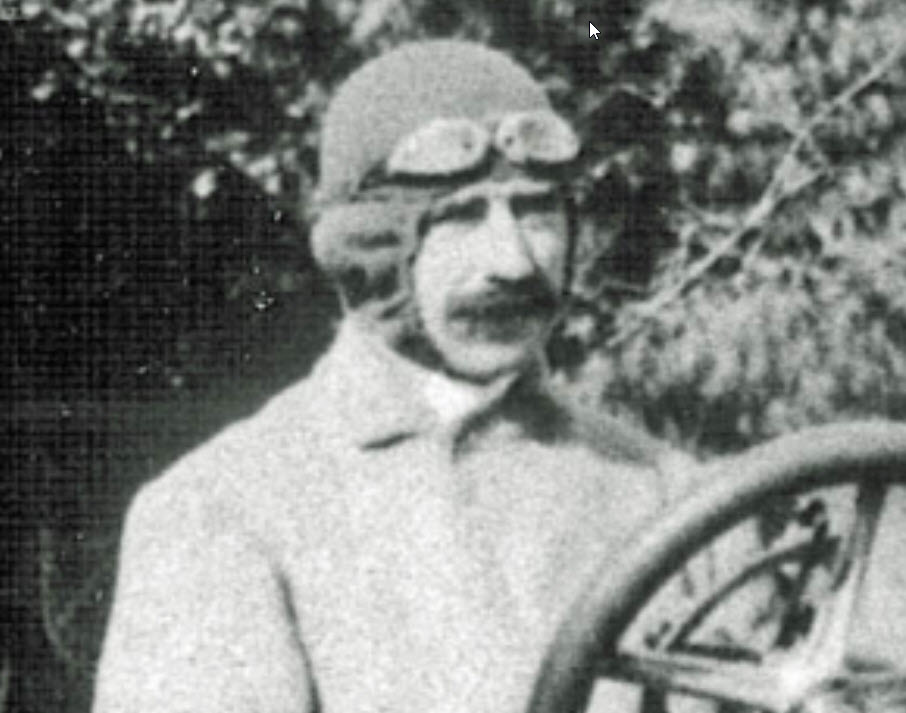
1902 was not a good year for racing Mors racers or Keene. He dropped out long before Vienna with car trouble.
Native Long Islander Keene drove the #5 Mercedes in the 1905 Vanderbilt Cup. Keene was running a strong third.... After five laps, he hit a telegraph pole at I.U. Willets Road and Willis Avenue in Albertson. Keene's mechanician William Luttgen was pinned under the car. Neither was seriously injured.
His 2nd attempt at the Vanderbilt Cup in 1908 had Keene driving for Germany in the #18 Mercedes 120 HP racer. He finished 11th cracking two cylinders in Jericho during lap 5.
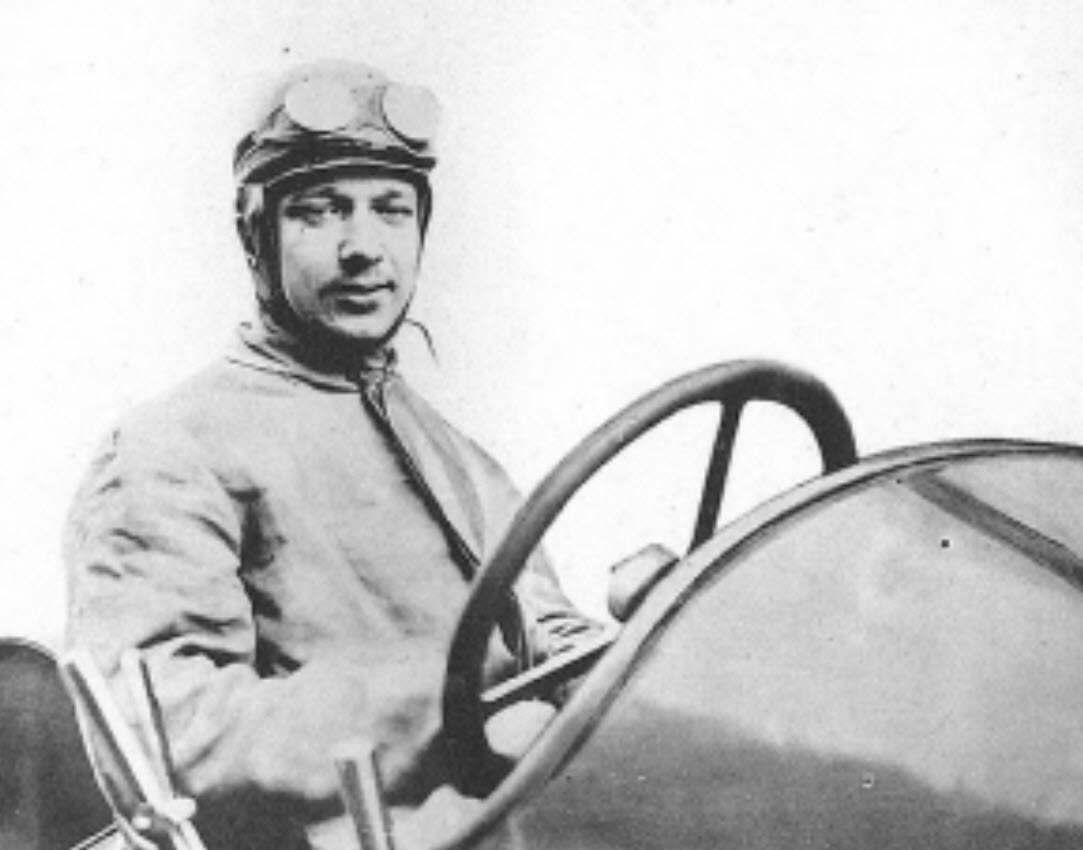
Automobile manufacturer Clement did not race a car of his father's company. Instead, Clement drove a large Panhard, but still failed to finish.
Two years later, he did use a family-made race car and did much better nabbing a #2 spot in the 1904 Vanderbilt Cup Race with the #12 Clement-Bayard finishing only 1 minute and 28 seconds behind winner George Heath in 1904 race.
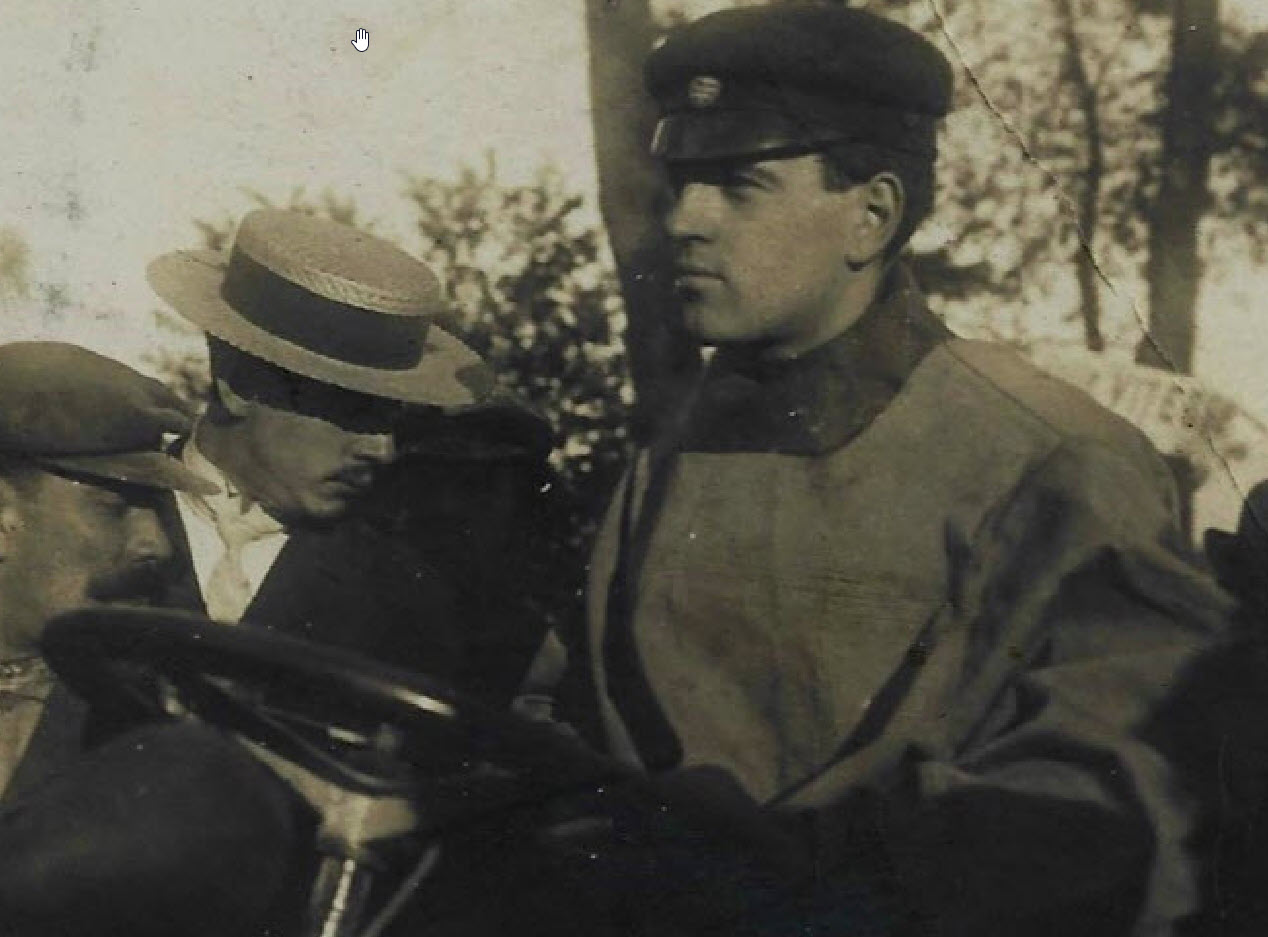
It's widely thought that this race was the inspiration for his creation of the Vanderbilt Cup Races on Long Island. With 9 drivers from the Paris to Vienna race competing in the Vanderbilt Cup Races, it becomes a bit more evident. Willie K. would have certainly met and competed with these early drivers in Europe, formed friendships, and convinced them of the viability of a race in America.
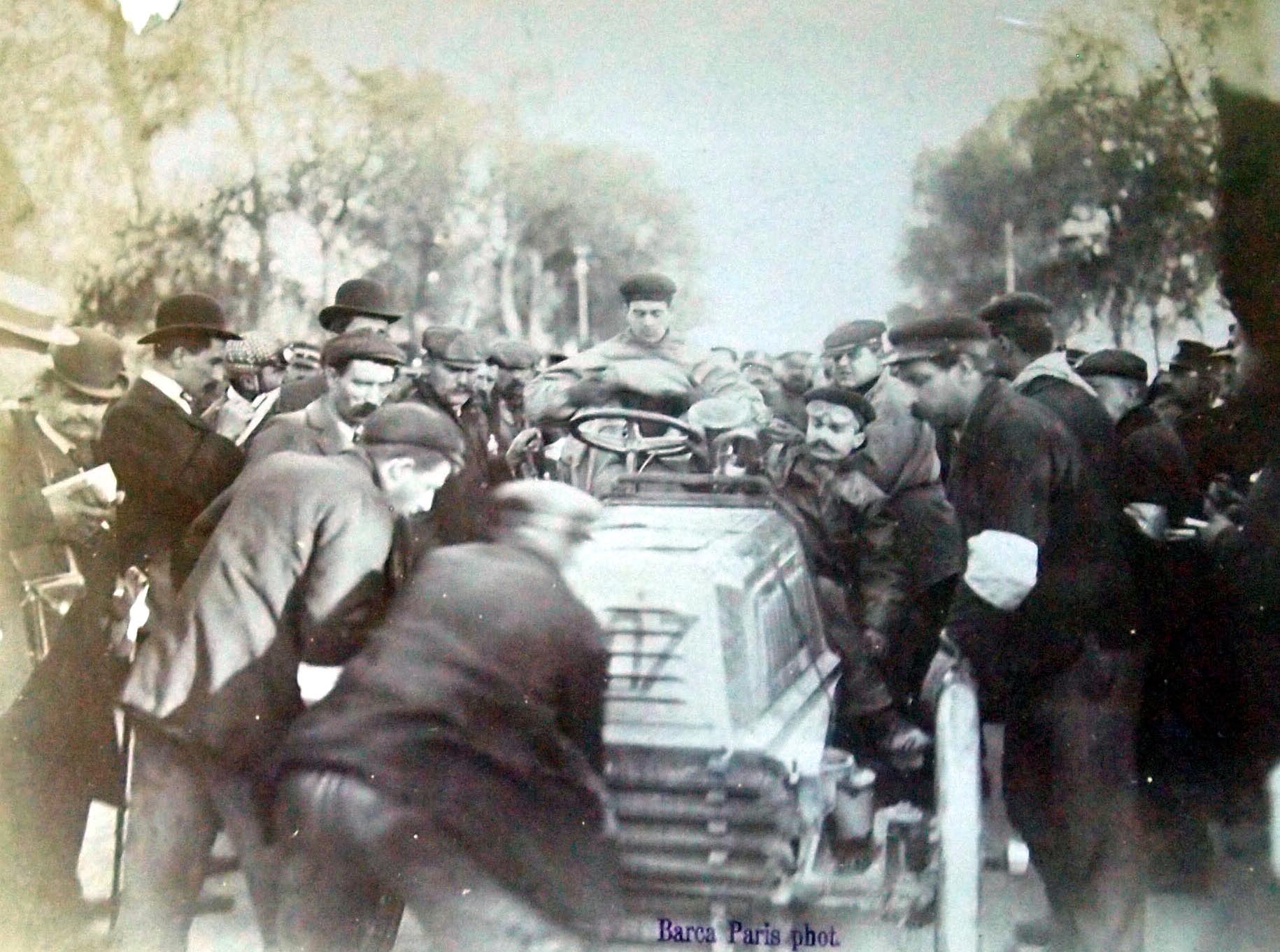
Willie K and his Mors race car fared extremely poorly in the Paris to Vienna race. He dropped out with car trouble before the first stage was even over.
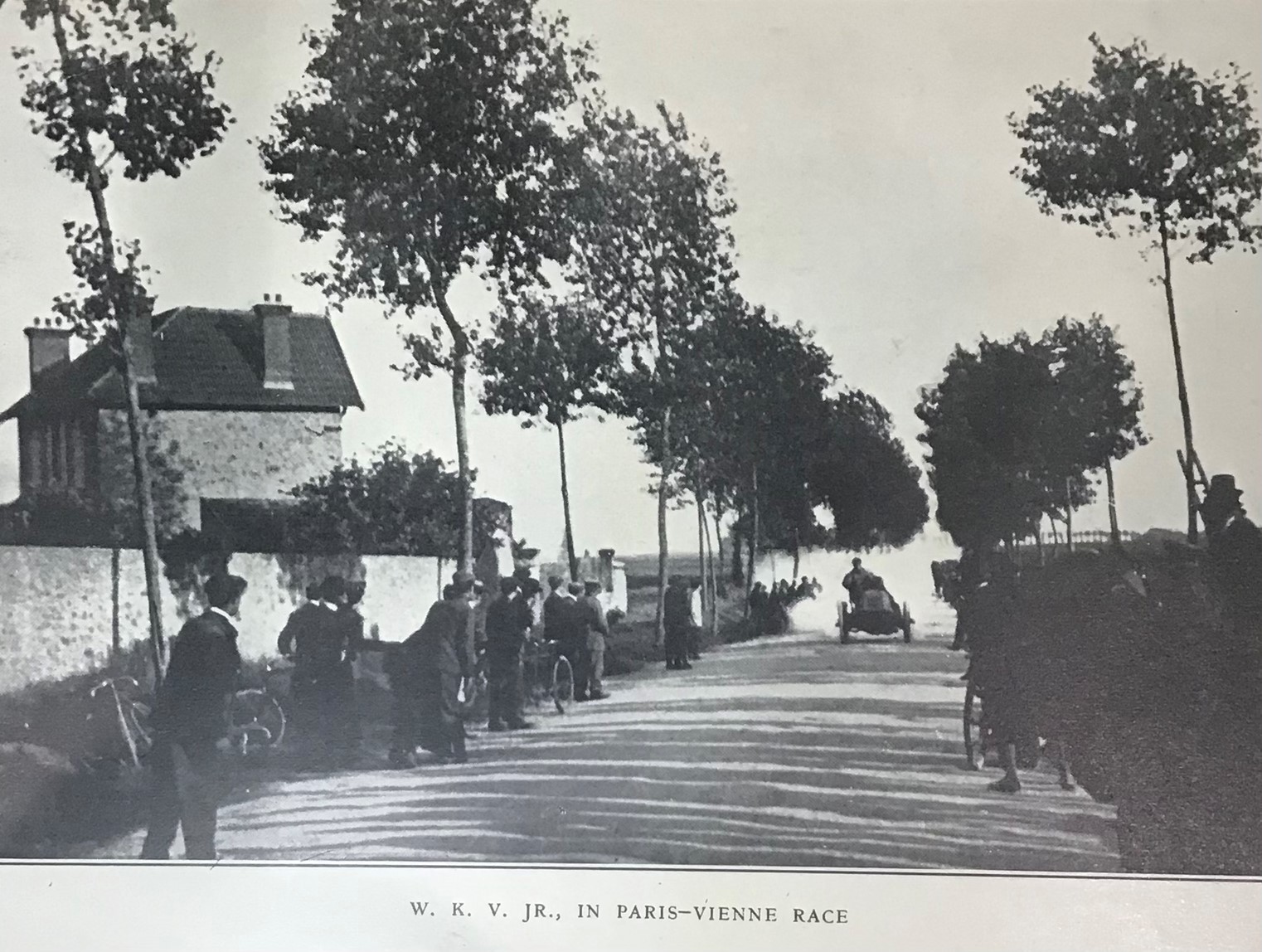
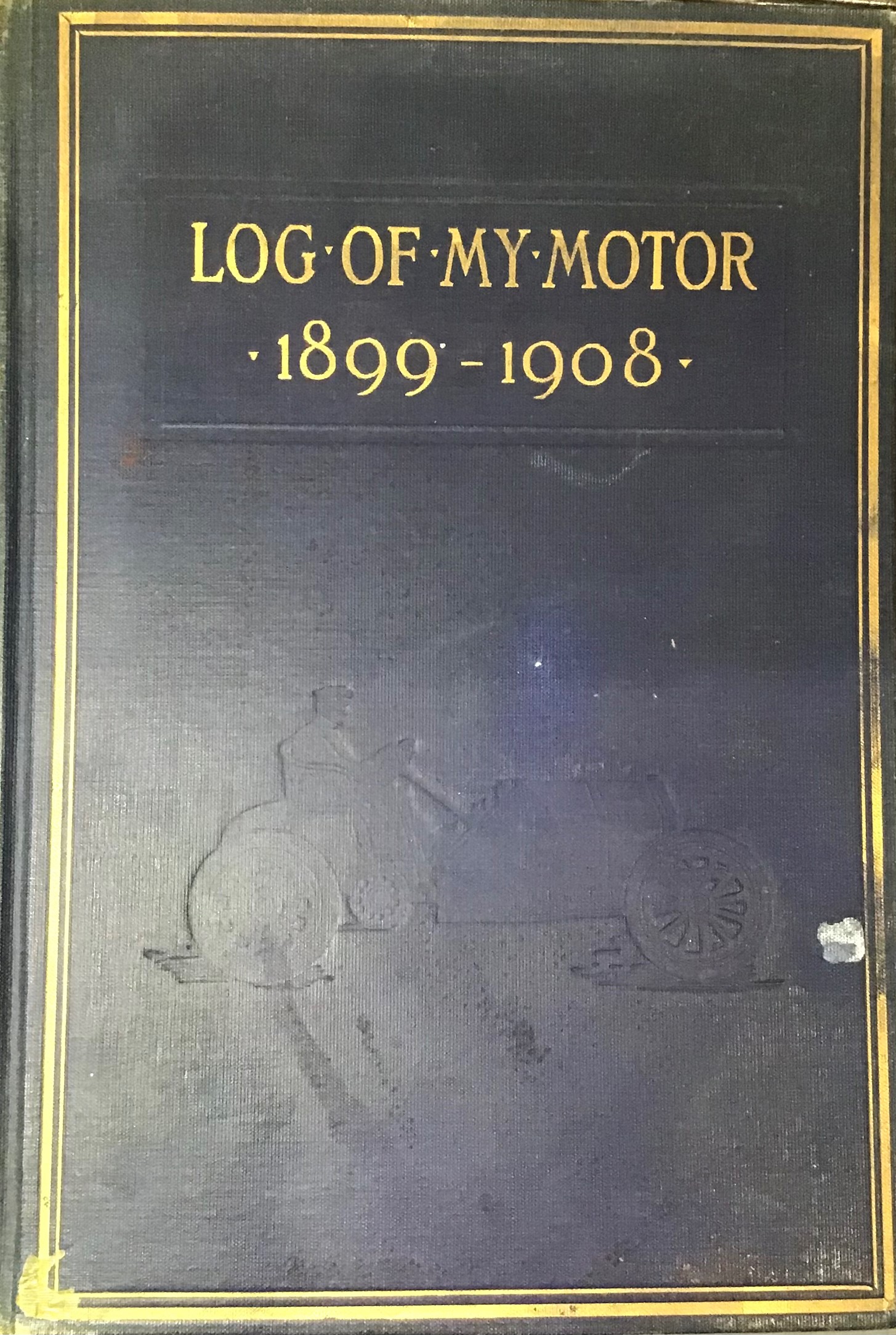
The 1902 Paris to Vienna race and Willie K's trials and tribulations in the race were chronicled in his book, 'The Log of my Motor 1899-1908'.
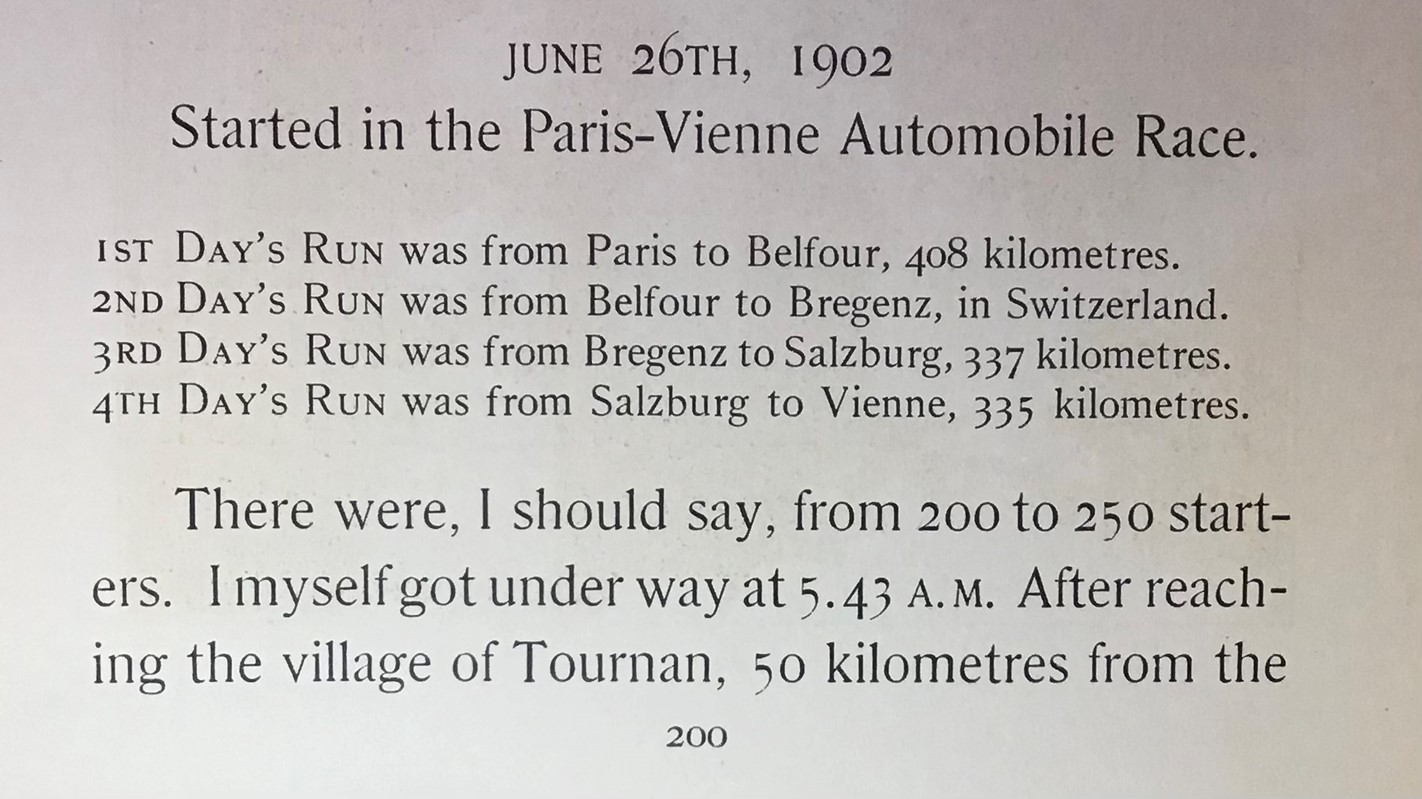
Just about anything that could go wrong for Willie K did go wrong. From a sprung frame, punctured tires, severe engine problems to completely losing brakes, it's most likely nobody experienced a race worse than Willie K, short of wrecking the vehicle.
All this prompted a call to Mr. Mors, which I would imagine was not a happy call.
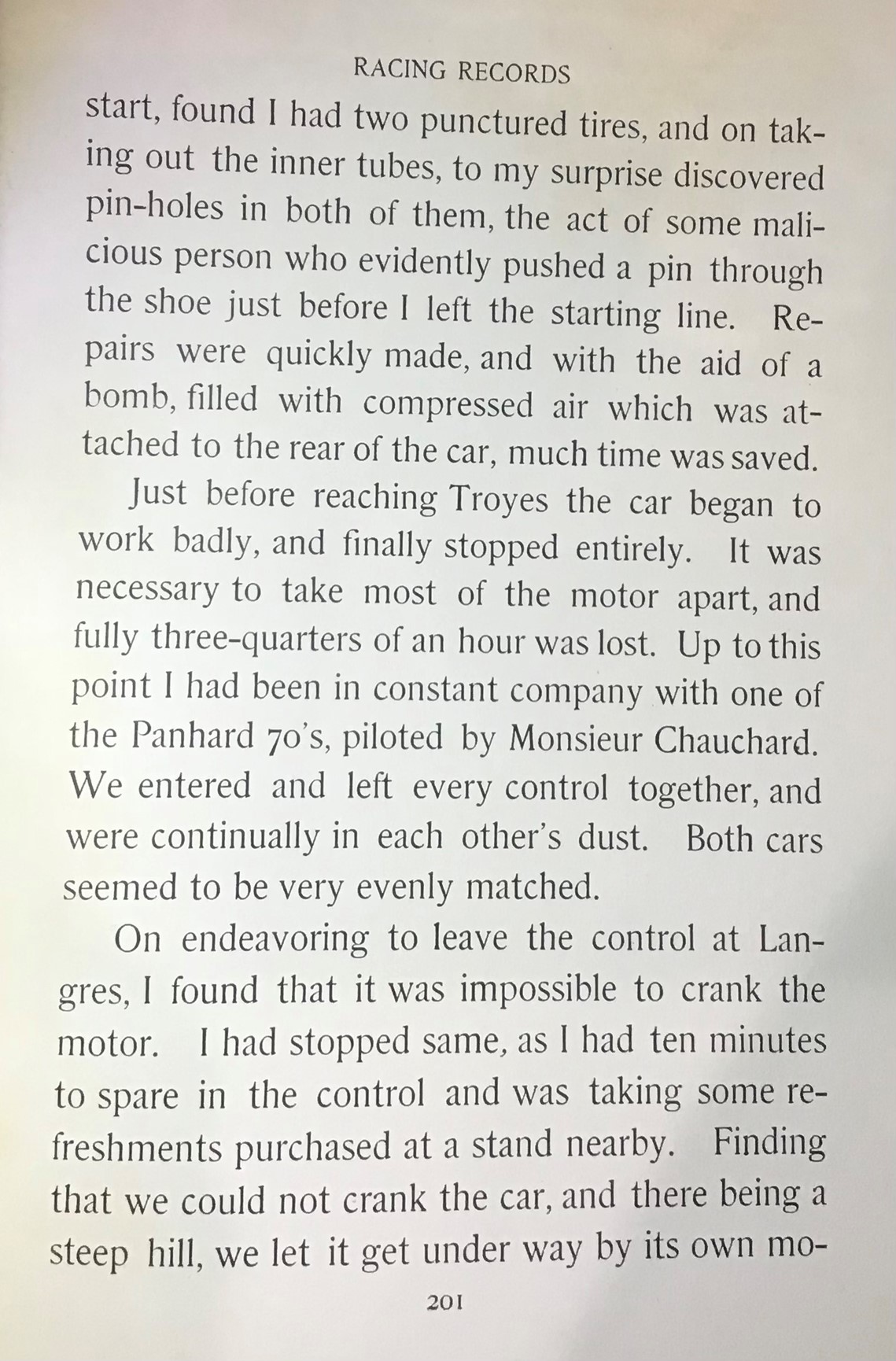
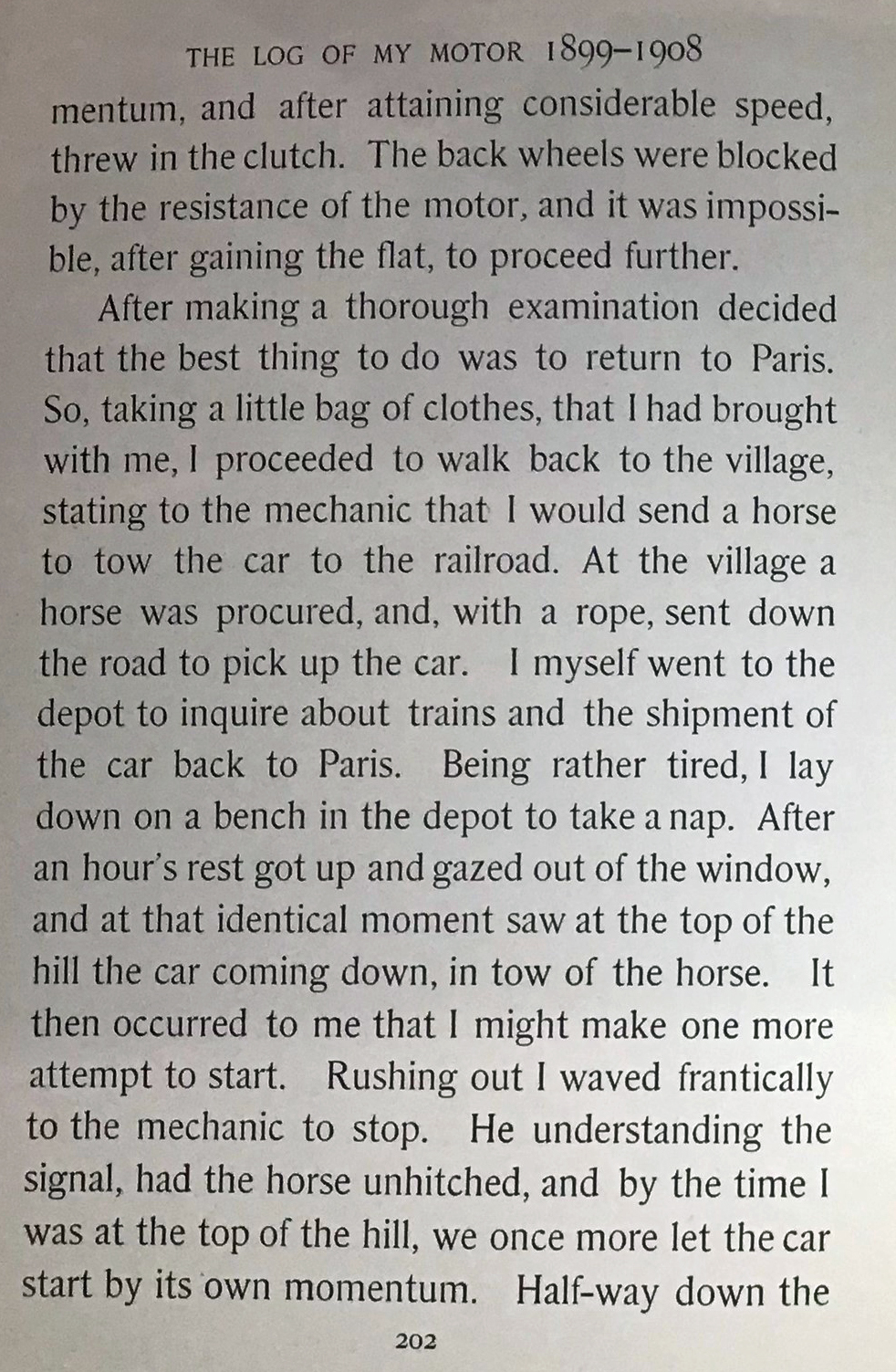
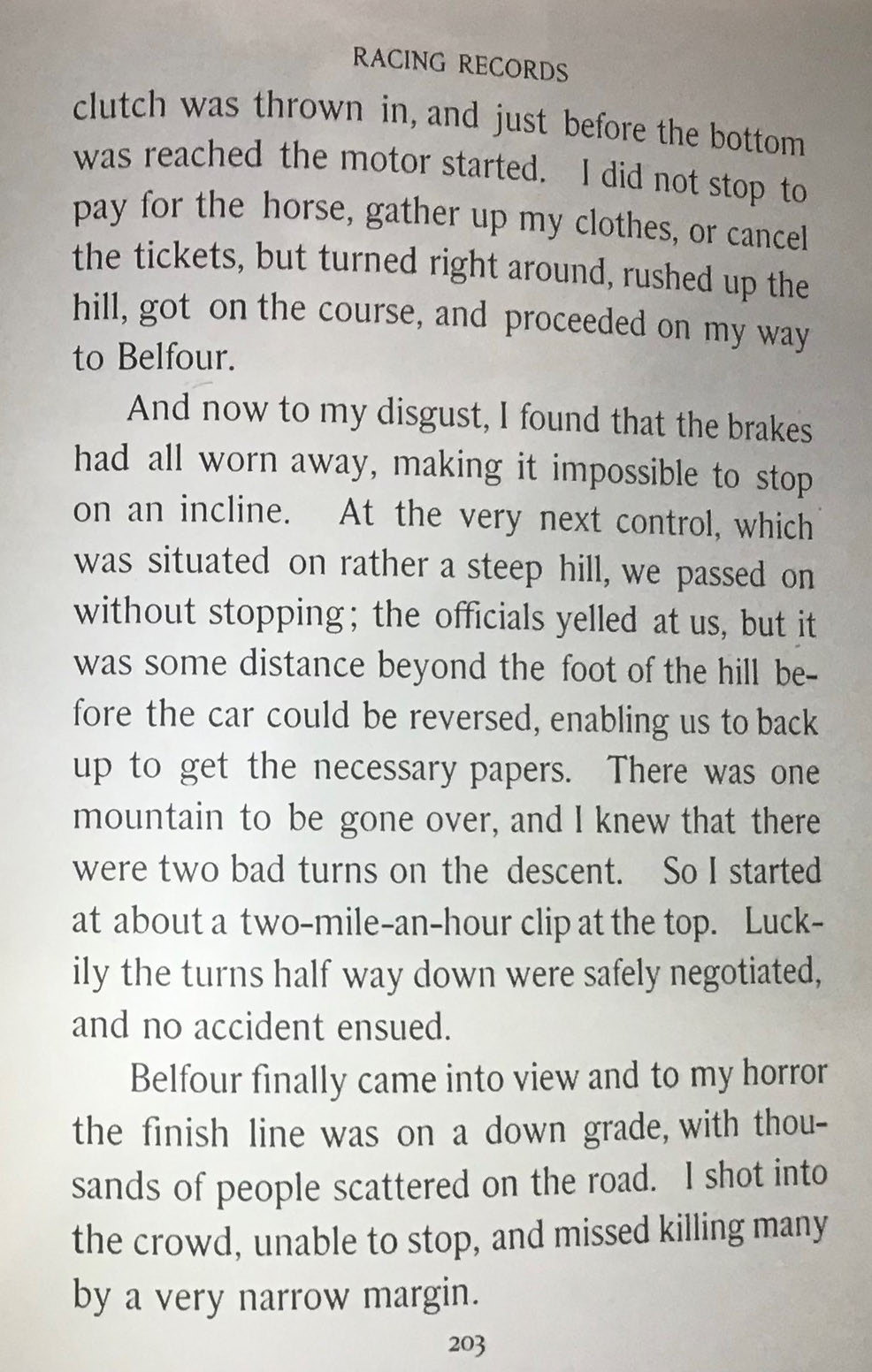























Comments